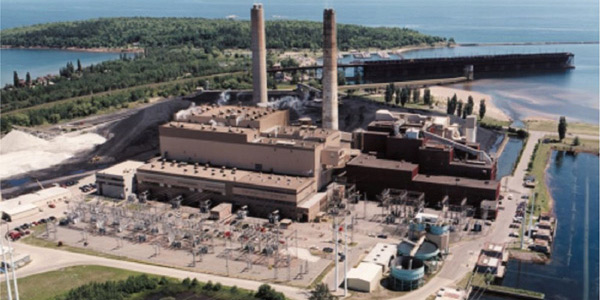By William Opalka
FERC on Thursday denied a request to broaden a waiver providing relief to real-time emergency generation resources in ISO-NE (ER16-1904-001).
The RTO had requested the waiver in response to a federal court ruling vacating an EPA rule that would have allowed greater use of emergency generators. FERC granted the waiver in August, effective June 21, 2016.
Real-time emergency generators are distributed generation limited by air quality permits to operating when ISO-NE implements voltage reductions of 5%. They must be able to go into operation within 30 minutes of the RTO’s dispatch instructions.
The waiver was prompted by a May 2015 ruling by the D.C. Circuit Court of Appeals reversing an EPA exemption that allowed the generators to operate 100 hours a year for emergency demand response.
“Because the court vacated the EPA rules that allowed emergency generators to respond to a 5% voltage reduction, [real-time] emergency generation resources can no longer operate when ISO-NE implements voltage reductions and can only operate when their host facilities lose off-site power, unless they are retrofitted to comply with the EPA’s National Emissions Standards,” FERC wrote.
The waiver allowed such generators to change their resource type to real-time DR within a timeframe that otherwise would not be possible, permitting them to participate as DR in the February 2017 Forward Capacity Auction.
Enerwise Global Technologies’ CPower sought rehearing, contending the waiver did not fully address the problems caused by the D.C. Circuit ruling. It sought additional relief, arguing that emergency generator holders of capacity obligations would suffer financial penalties because they would not be able to convert all their assets to DR resources or shed their supply obligations in time for the 2017/18 capacity commitment period that starts in June.
FERC said that CPower’s proposed relief was “in effect, a separate request for waiver of an additional Tariff provision” and thus beyond the scope of ISO-NE’s request. Last week’s order clarifies that it was dismissing CPower’s proposal without prejudice, meaning the company could file a new request under a separate docket.



